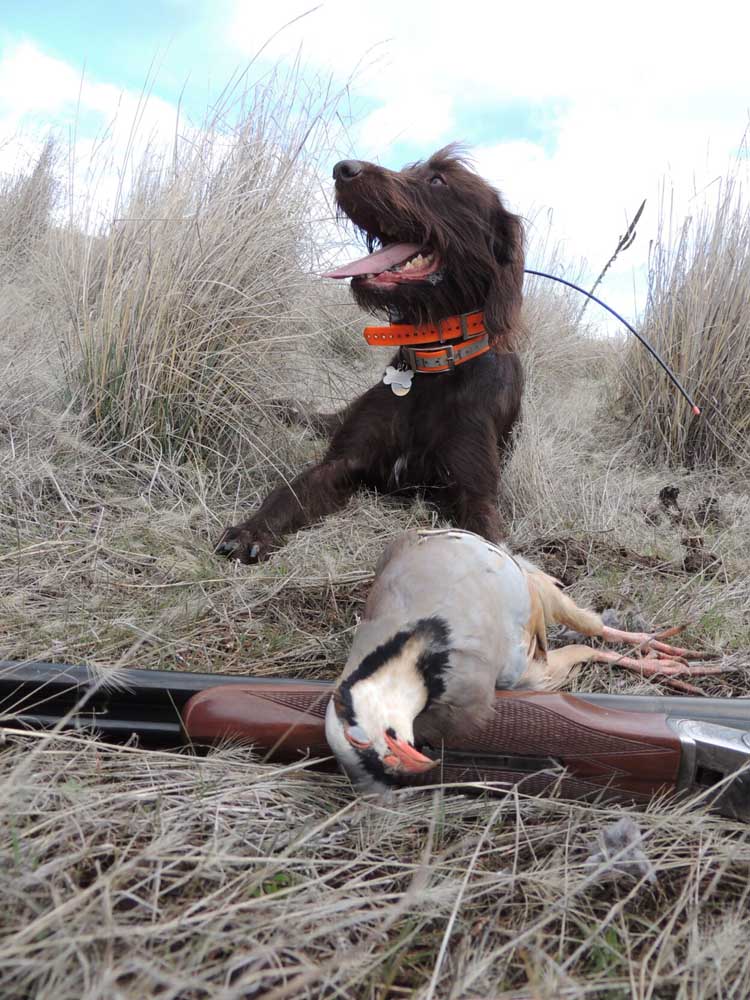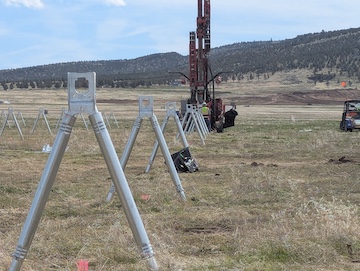Hit the breaks for chukar: Drift north, climb uphill
Published 4:00 am Friday, September 30, 2022

- Chukar season ends Jan. 31, but preserve hunting continues through the end of March. Several preserves are within the Deschutes watershed and in the Columbia Basin.
When chukar hunters gather, we talk about places like Juntura and Riverside and the Snake and the Owyhee, but there are chukar in Central Oregon too, in the lower Deschutes River canyon from Madras north to the Columbia.
Bird numbers are stable and good hunting can be found throughout the season, but access can be tricky. The first thing to do is study a BLM map and look for pockets of huntable public land.
Sometimes a drift boat can be a better chukar hunting vehicle than a pickup.
Part of the west bank is off-limits. Starting north of Madras, the Deschutes is bounded on the west by Warm Springs tribal lands to a point 16 river miles south of Maupin.
From the bridge at Warm Springs, this section of river is usually referred to as the Warm Springs to Trout Creek drift and can be drifted in just a few hours with a shuttle and take-out at the Trout Creek ramp.
The next drift is from Trout Creek to Maupin, a multi-day float that should only be attempted by experienced boaters. This is the stretch of river that contains White Horse rapids, which claims many boats each year.
Highway 197 crosses the river at Maupin and it’s here the traveling wingshooter can find miles of river to explore. The river is most accessible from the east bank and a good road follows down from town to Sherar’s Falls and beyond.
The road continues downstream from Sherar’s Falls to Pine Tree, the beginning of a popular float called Pine Tree to Mack’s Canyon that can be accomplished in a one-day (or stretch it out to two days) drift to Mack’s Canyon. Another option is to put in at Mack’s and float out to Moody Rapids (the last rapids on the river), typically called the Mack’s to the Mouth float.
Chukar are Oregon’s most-harvested upland bird with an average of more than 41,000 bagged each season. People will drive from one end of the state to the other, just for a chance to put birds in the air. It’s a great economic boost — with hunters buying ammunition, boots, tires, restaurant meals and hotel rooms, just so they can top out these ridges and enjoy the wide-open country. Chukar season runs Oct. 8 through Jan. 31.
The first thing to do is study a BLM map and look for pockets of huntable public land.





